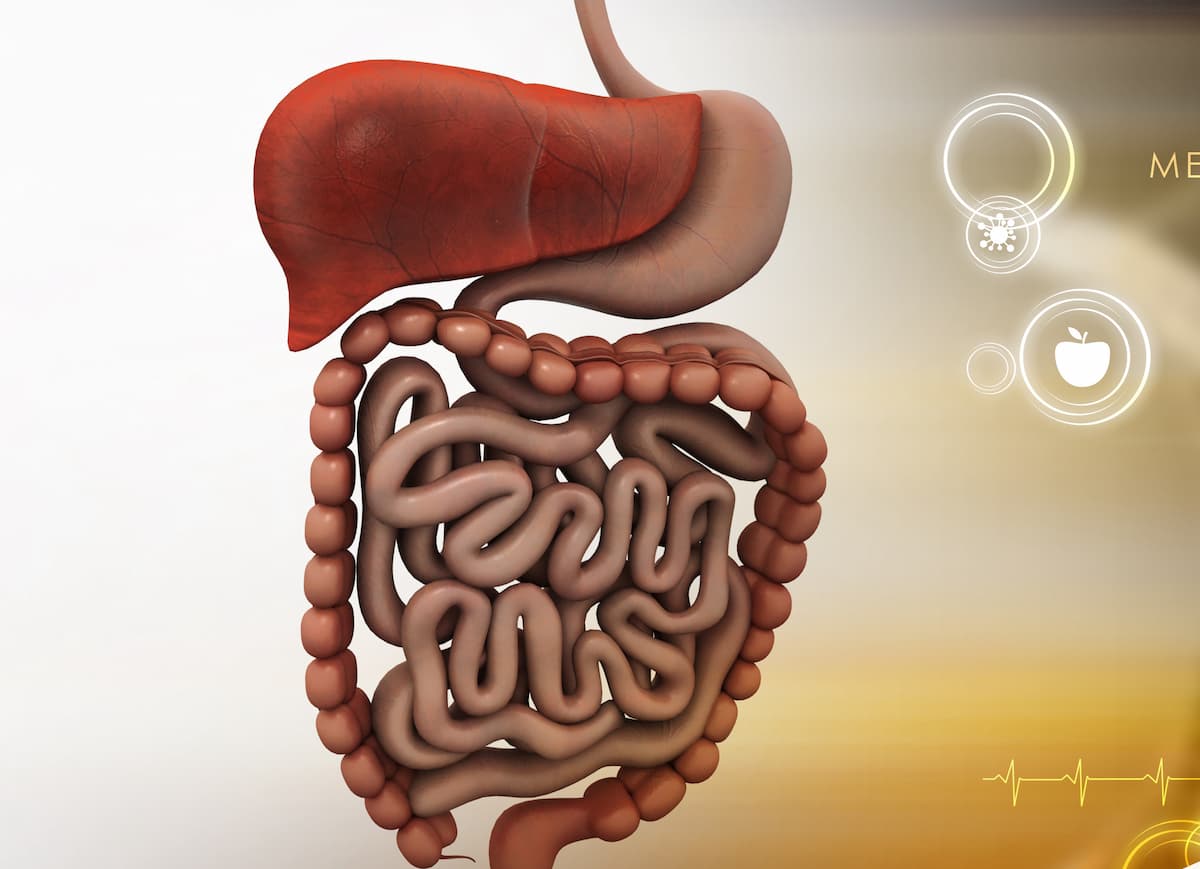X-ray Brachytherapy Sustains Organ Preservation in Early Rectal Cancer
Data from the phase 3 OPERA trial support contact X-ray brachytherapy boost as a treatment option for preserving organs in smaller rectal adenocarcinoma tumors.
Data from the phase 3 OPERA trial support contact X-ray brachytherapy boost as a treatment option for preserving organs in smaller rectal adenocarcinoma tumors.

Escalating doses of contact X-ray brachytherapy (CXB) sustained rates of organ preservation and produced good organ bowel function among patients with early rectal adenocarcinoma of the low-mid rectum, according to 5-year findings from the phase 3 OPERA trial (NCT02505750) published in Annals of Oncology.
Among 112 patients without total mesorectal excision included in a wait-and-watch (W&W) strategy, a complete or near complete clinical response was observed in 65% (n = 45) of patients in group A—which included those who received a boost of external beam radiotherapy (EBRT)—vs93% (n = 67) of those in the group B—which included those who received a boost with CXB (P <.0001). Of patients with a tumor of less than 3 cm in diameter, these rates were 79% vs 97%, respectively (P = .04), and among those with a tumor of 3 cm or larger, the respective rates were 55% and 90% (P <.001).
At 5 years, the organ preservation rate was 56% (95% CI, 49%-72%) in group A compared with 79% (95% CI, 70%-89%) in group B (HR, 0.4; 95% CI, 0.21-0.75; P = .003). Among those with tumors of less than 3 cm in size, the organ preservation rates were 54% (95% CI, 47%-82%) vs 93% (95% CI, 85%-100%), respectively (HR, 0.12; 95% CI, 0.028-0.55; P = .006). Additionally, the organ preservation rates were 57% (95% CI, 44%-75%) vs 67% (95% CI, 54%-83%) among those with a tumor of 3 cm or larger (HR, 0.61; 95% CI, 0.29-1.3; P = .17).
In the overall population, the local regrowth rate was 33% (95% CI, 19%-44%) in group A compared with 16% (95% CI, 7%-24%) in group B (P = .02).
“The present study provides 5-year results from the phase 3 OPERA trial. It demonstrated that, in the management of early rectal cancer, increasing the dose of the boost… significantly increased the organ preservation rate. The efficacy was particularly high in tumors [smaller than 3 cm in diameter],” lead study author David Baron, of Centre Antoine Lacassagne, Université Côte d'Azur, Nice, France, and coauthors wrote. “The 5-year results of the OPERA trial are encouraging and position the CXB boost as one of the treatment options of choice for achieving organ preservation in tumors [smaller than 3 cm in diameter].”
Investigators of the multicenter phase 3 OPERA trial assessed 141 eligible patients with cT2 to cT3b low-mid rectal early rectal adenocarcinoma. All patients underwent radiotherapy with EBRT at 45 Gy in 25 fractions with concurrent capecitabine (Xeloda). Afterward, patients were randomly assigned 1:1 to receive a boost of EBRT at 9 Gy in 5 fractions as part of group A (n = 69) or a boost with CXB at 90 Gy in 3 fractions as part of group B.
The study’s primary end point was the organ preservation at 3 years without non-salvageable pelvic disease and diversion stoma. Secondary end points included the complete and near complete clinical tumor response rates, overall survival (OS), disease-specific survival (DSS), bowel function, toxicities, and quality of life.
The median patient age was 69 years in group A and 70 years in group B. In each respective group, most patients were male (65% vs 58%), had an ECOG performance status of 0 (74% vs 76%), had moderately differentiated tumors (49% vs 42%), cT2 tumors (64% vs 65%), and cN0 disease (71% vs 76%).
The OS rate among all patients was 91% (95% CI, 87%-96%). Data did not show a significant difference in OS rates between group A (91%) and group B (92%; P = .5). The 5-year DSS rate was 60% across the entire study population, 46% (95% CI, 34%-61%) in group A, and 73% (95% CI, 63%-85%) in group B (P = .003).
Having a tumor diameter of less than 3 cm significantly correlated with improvements in organ preservation rates based on univariate (P = .04) and multivariate analysis (P = .04). Data highlighted no significant differences in organ preservation outcomes based on factors such as age, sex, differentiation, ECOG performance status, EBRT technique, and number of radiotherapy interruption days.
Among 86 patients who were evaluable for bowel function, the low anterior resection syndrome (LARS) score was 30 or higher in 24% of patients in group A compared with 17% in group B (P = .5).
Investigators reported 44 grade 2/3 early or late adverse effects (AEs); there was no significant difference in the incidence of toxicity between groups A and B (P = .7). In each respective group, common AEs included proctitis (6% vs 13%) and radiation dermatitis (9% vs 1%).
Reference
Baron D, Loscos TP, Schiappa R, et al. A phase III randomised trial on the addition of a contact X-ray brachytherapy boost to standard neoadjuvant chemo-radiotherapy for organ preservation in early rectal adenocarcinoma: 5 year results of the OPERA trial. Ann Oncol. Published online November 10, 2024. doi:10.1016/j.annonc.2024.10.827